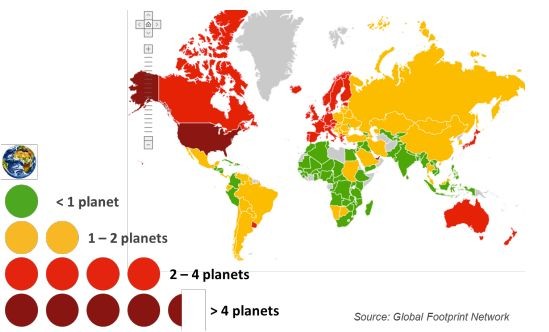Providing support for behavioural change to increase efficiency of consumers’ energy usage.
The energy service company Opower aims to encourage households to be more energy efficient with the help of a software tool which uses statistical algorithms to generate Home Energy Reports. The tool analyses the energy (e.g. electricity, gas etc.) consumption patterns of consumers and alerts consumers in advance if their behaviour, for example by prompting the risk of an increase in the price of their energy bill.

The challenge
A typical barrier to increasing energy efficiency in buildings is how to measure the energy efficiency of a household, as well as how to benchmark the performance of one household against other similar households. Understanding energy consumption patterns and knowing which behavioural changes can be made to optimise consumption behaviour is often a challenge for consumers. Opower solved the challenge by providing Home Energy Reports to consumers without having to install an additional device in buildings for consumption measurement.
The innovation
Opower is a privately held company which was founded in 2007 in the United States. The company partners with electrical utility companies for electricity saving programs which stimulate behavioural changes by comparing the energy patterns of consumers.
Every month the customers of Opower partner utilities receive a Home Energy Report together with their electricity bill. These reports compare the energy patterns of the household with the average pattern of 100 households of a similar type and size. To carry out this comparison, the size of the household is determined based on the tax office data as well as data entered by the users themselves on the Opower website. Thanks to the Opower software tool which runs these complex algorithms to analyse energy patterns, the consumers can see how energy efficient they are usage is compared to their neighbours. If they over consume, consumers are advised what small behavioural changes (e.g. reducing thermostat one degree less etc.) they can make in order to save more energy. In this instance peer pressure has a measurable effect.
Why did it work?
Using behavioural tactics to save energy has typically been a missed opportunity as part of many energy efficiency programmes. The Opower business model provides innovative behavioural solutions to reduce the use of energy, save costs and thus lower CO2 emissions. This solution was developed from a behavioural science experiment in California 10 years ago when a group of university students tested different behavioural messages with selected Californian households such as “Save Money”, “Save the Planet” or “Be a Good Citizen”. However, none of these programmes seemed to stimulate energy efficiency better than the message presented by “Your Neighbour is Doing Better”. Opower thus used the results of this experiment as a business model for its energy service company. The small behavioural changes that are recommended to consumers can easily be implemented.
Further deployment
Opower made its services available to non-US customers in 2012 by partnering together with First Utility, a company based in the United Kingdom. Opower finances its services through a small surcharge which is added to consumer bills by the utilities as a fee to run various energy efficiency programs. It has also been very successful in raising venture capital for development, demonstration and commercial exploitation from large venture capital firms. The maturity of this Opower business model is assumed to be 9 on the GML scale.
Links:
CSCP (2012): Scaling up Business Impacts on Sustainable Living: Research Framework Report
Video
